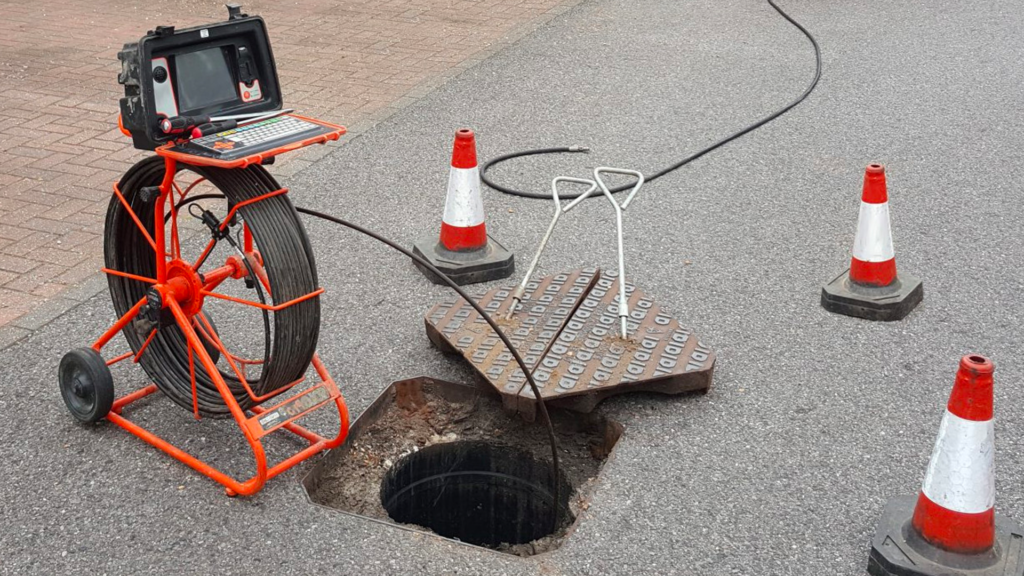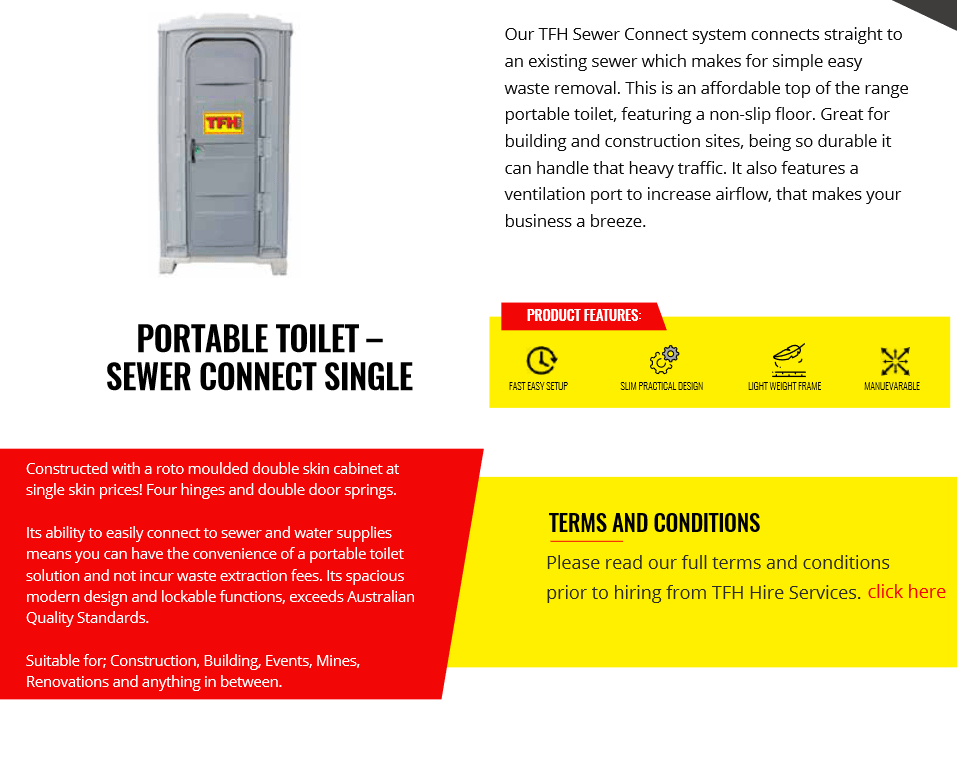A Biased View of Reclaim Waste
The Basic Principles Of Reclaim Waste
Table of ContentsThe smart Trick of Reclaim Waste That Nobody is DiscussingThe Ultimate Guide To Reclaim WasteReclaim Waste for Dummies6 Easy Facts About Reclaim Waste ShownExamine This Report on Reclaim Waste
Domestic sewage waste refers to the waste and products from a household septic tank. The correct administration and disposal of residential sewer waste call for fluid waste to be moved to a sewage treatment plant where the proper approaches and tools are used to purify and dispose of waste.
Industrial waste often consists of potential risks, such as flammable materials or a mixture of liquid and strong waste items, and needs an advanced and comprehensive disposal process. The disposal of commercial waste commonly includes the filtration of waste prior to transportation to guarantee risk-free and appropriate disposal. Industrial waste is produced from results and drainage of commercial procedures and production.
This kind of waste can not utilize the exact same sewage monitoring transportation or procedures as septic or commercial fluids. The industrial waste management process requires the inspection and screening of liquid waste prior to it undergoes the disposal procedure (liquid waste disposal). Overflow waste is the liquid waste that comes from overflow and excess stormwater in very booming areas or cities
Runoff waste can create contamination and flooding if not dealt with effectively. Making certain proper waste management can prevent catastrophes and reduce ecological damage.
Reclaim Waste Can Be Fun For Anyone
Get in touch with PROS Services today to discover our waste monitoring and disposal services and the proper means to take care of the liquid waste you generate.
(https://pubhtml5.com/homepage/kwjac/)This supposed 'wastewater' is not only an essential resource but, after treatment, will be released to our land, waterways or the ocean. Used water from toilets, showers, baths, cooking area sinks, laundries and industrial processes is recognized as wastewater.

water used to cool machinery or tidy plant and equipment). Stormwater, a kind of wastewater, is overflow that streams from farming and metropolitan locations such as roof coverings, parks, gardens, roads, paths and seamless gutters into stormwater drains pipes, after rainfall. Stormwater streams unattended straight to regional creeks or rivers, ultimately getting to the sea.
7 Simple Techniques For Reclaim Waste
In Queensland, a lot of wastewater is dealt with at sewer treatment plants. Wastewater is transferred from residential or industrial sites with a system of drains and pump terminals, called sewage reticulation, to a sewer treatment plant. City governments construct, keep and operate most sewer treatment plants. Operators are accredited under the Environmental Security Act 1994 to release treated wastewater at an appropriate ecological requirement right into waterways.
The Department of Natural Resources recommends city governments regarding managing, operating and keeping sewage systems and treatment plants. In unsewered areas, local federal governments may require owners to mount private or house sewage therapy systems to treat residential wastewater from bathrooms, cooking areas, shower rooms and washings. The Department of Natural Resources authorizes the use of home systems when they are proven to be efficient.
In some new neighborhoods, treatment of some stormwater to get rid of trash, sand and gravel has actually started using gross contaminant catches. Wastewater treatment happens in four over at this website stages: Eliminates solid matter.
Wastewater then moves right into big tanks where solids work out and are removed as sludge. Grease and scum are skimmed from the surface. Utilizes little living microorganisms called micro-organisms to break down and remove remaining dissolved wastes and fine particles. Micro-organisms and wastes are integrated in the sludge. Removes nitrogen and phosphorus nutrients that can create algal blossoms in our rivers and intimidate marine life.
Not known Facts About Reclaim Waste
Nutrient elimination is not readily available in any way sewer treatment plants because it needs pricey specialized equipment. It is becoming more usual in Queensland. Clear fluid effluent produced after therapy may still have disease-causing micro-organisms. If this effluent is launched right into waterways such as rivers or the sea, the micro-organisms will eventually pass away out.

The majority of wastewater streams into the sewage system. Under the Act, neighborhood governments provide authorizations and permits for eco pertinent tasks (ERAs) involving wastewater launches that may have a regional impact.
Some Known Factual Statements About Reclaim Waste
Otherwise, samples are taken for research laboratory evaluation. Usually many tests are required to develop the levels of each of the different contaminants such as oils, hefty metals and pesticides in water. Surveillance offers accurate info about water high quality and can validate that permit conditions are being met. The details obtained with surveillance gives the basis for making water quality choices.